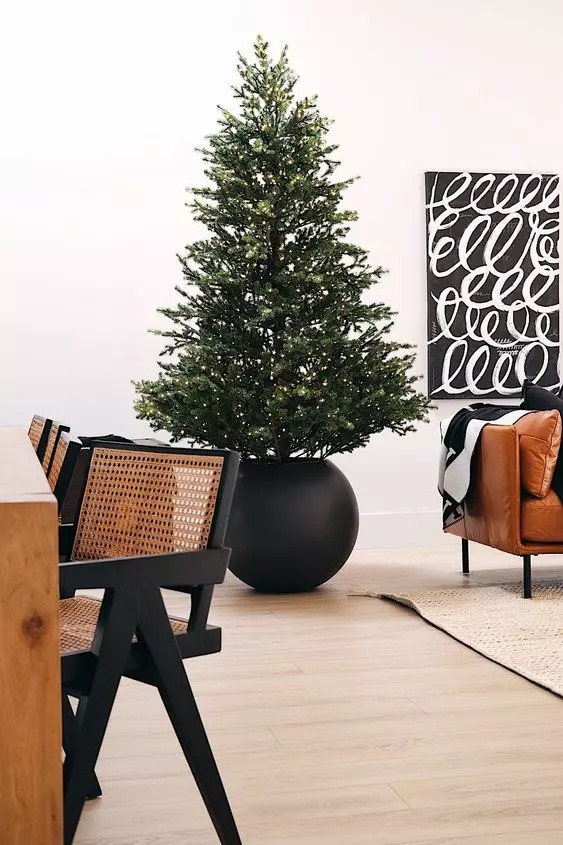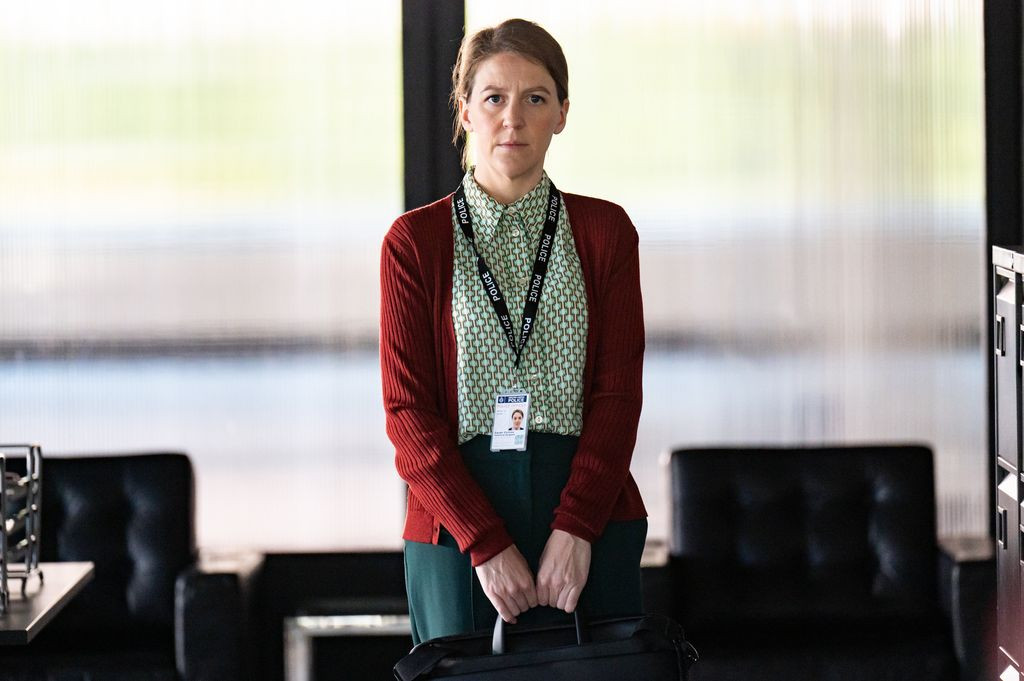Minimalist Christmas Trees: A New Festive Trend?
With Christmas rapidly approaching, many are already contemplating the perfect tree for their homes. However, for those with limited space, the idea of setting up a traditional Christmas tree can feel more stressful than festive. This year, a surprising trend is taking over: minimalist Christmas trees. Gone are the days of overflowing tinsel, sparkling lights, and countless homemade ornaments. Instead, designs featuring metal branches or skeletal-like wooden frames are proving exceptionally popular among shoppers. This shift toward pared-down decor is driven by several factors, from space constraints to evolving aesthetics.
Space-Saving Solutions: The Rise of Wall-Mounted Trees
One of the primary drivers behind the minimalist Christmas tree trend is the increasing demand for space-saving solutions. In many modern homes, floor space is a valuable commodity, and traditional Christmas trees can often occupy a significant portion of a living room. Ikea's latest product, the Vinterfint, exemplifies this trend perfectly. Described as a Christmas tree for those with limited floor space, this wall-mounted pine decoration is designed to be flexible, allowing users to pull it horizontally to their desired width. When Christmas is over, it can easily be folded away or used to display jewellery and other accessories. Its designer, Mikael Axelsson, drew inspiration from a common knob rack, illustrating the creative approach to festive décor in a limited space.
Ikea's Vinterfint: A Space-Saving Masterpiece
The Ikea Vinterfint wall decoration, priced at £13, isn't just a space-saver; it's also incredibly versatile. Many reviewers boasted about its ease of assembly and decoration, with some even declaring it 'cat-proof.' One enthusiastic customer described it as “A modern Christmas Tree that looks fabulous - easy to put together and very versatile as it can be made into a full circle or kept slightly flatter if space is more limited.” Another added: “Really easy to put together and once decorated, it looks so cute and festive. Plus, it's environmentally friendly and cat-proof!” This demonstrates the appeal of a product which combines functionality, aesthetics, and practicality.
Alternative Designs: Metal, Wood, and Beyond
The minimalist trend extends beyond wall-mounted options. Stores such as Asda offer five-foot-high wooden Christmas trees, complete with a star on top, described by buyers as easy to put together and decorate. Cox&Cox also offers a £95 black metal cone tree, showcasing an elegant silhouette that can be dressed up as much or as little as desired. These alternatives cater to different tastes and preferences, while maintaining the overall minimalist aesthetic.
The Appeal of Minimalism in Christmas Decor
The shift towards minimalist Christmas trees isn't solely about space. It also reflects a broader trend in interior design toward cleaner lines and simpler aesthetics. Zoe Horton, a member of the British Institute of Interior Design, notes the current move towards wall-hung Christmas features, driven by limited floor space and storage. This highlights that the demand for minimalist Christmas trees extends beyond mere practicality; it reflects a conscious aesthetic choice.
Research also reveals that traditional Christmas decorations are on the decline. Over a third (34%) of Brits find them boring, and half (50%) desire a tree that reflects their personal passions. This is evidenced by the popularity of personalized baubles and themed decorations at retailers such as Selfridges and John Lewis. Selfridges' fastest selling decorations include food and drink-themed baubles; while John Lewis's new range includes a smiling battenburg slice bauble and a mini dinosaur holding balloons. This shows that while minimalism holds appeal, personalized and thematic decorations continue to thrive.
The Future of Festive Decor: A Blend of Minimalism and Personalization?
While some, like Simone Pinducciu of Mesoni Consultants, believe the minimalist trend goes too far, stripping away the nostalgic joy of traditional tree building, others see it as an opportunity. Oliver Combe of York Christmas Trees embraces the trend, stating that it broadens the spectrum of trees available. He observes a growing demand for specific shapes, sizes, and even individual branches, enabling customers to create unique minimalist designs. This highlights the potential for the minimalist trend to coexist with personalization and creativity.
Ultimately, the minimalist Christmas tree trend isn't about discarding festive cheer altogether; it's about adapting to modern needs and preferences. Whether it's a wall-mounted space-saver or a sleek metal frame, the focus is on creating a festive atmosphere that suits individual lifestyles and tastes. The diversity of available options, from Ikea’s budget-friendly offering to high-end designer pieces, ensures there’s a minimalist Christmas tree for everyone. However, the magic of Christmas still rests in the personal touches; whether it's through thoughtful decorations or family traditions.
The success of the minimalist trend will likely depend on striking a balance between simplicity and personalization. A simple tree can be easily transformed with meaningful ornaments or thoughtful lighting, allowing individuals to create a festive display that reflects their personal style while embracing the space-saving and modern aesthetic.

















